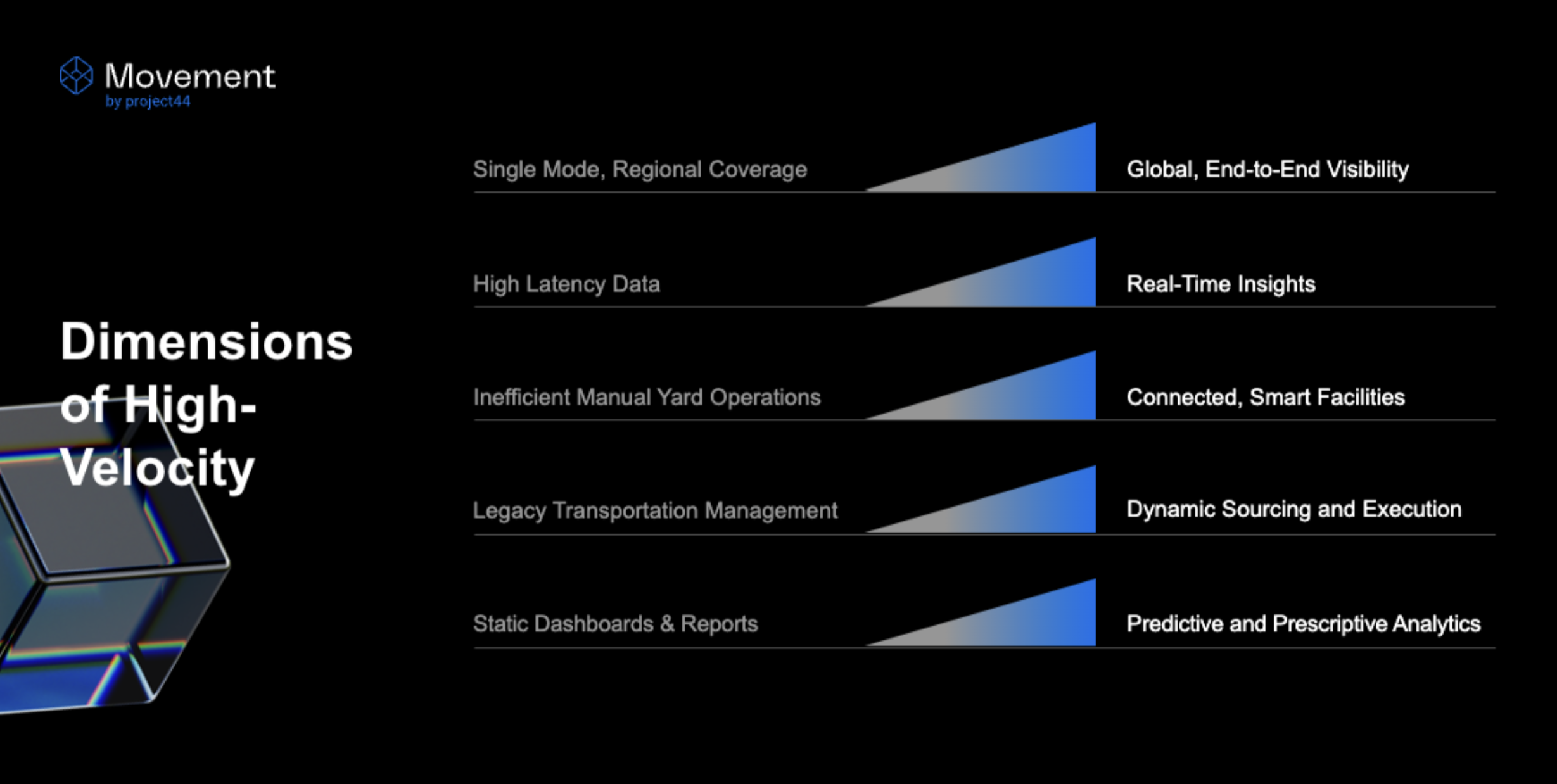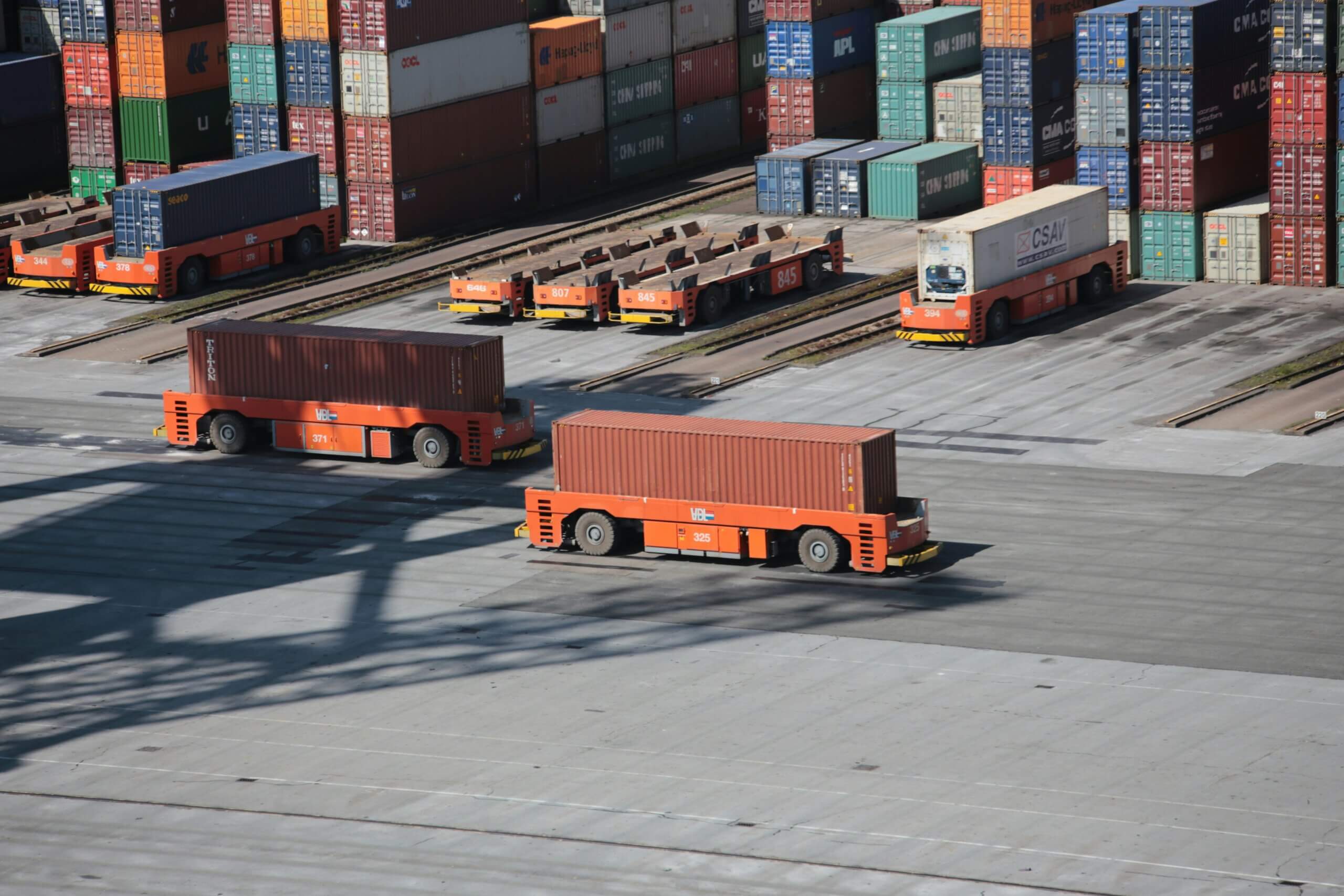How To Fight Supply Chain Friction to Achieve High-Velocity
In the rapidly evolving landscape of modern supply chains, there’s a persistent adversary that every business must confront: friction. In the context of supply chains, friction refers to the manual processes and human effort that occurs when trying to deliver goods to their final destinations in a timely fashion. Friction slows us down, creates delays, and results in human error…it’s all the elements that make supply chain professionals’ jobs more difficult than they need to be.
More specifically, it refers to:
- countless manual processes,
- high volumes of human effort and error
- complexity that exists within a supply chain network
- inefficient communications practices and workflows
- disruption supply chains experience from extreme weather, political conflict, labor shortages and social upheaval
The Many Faces of Friction
Let’s get specific about friction by focusing on a few key areas where friction rears its ugly head: Visibility, Transportation Execution, Yards and Facilities, and Last Mile Delivery. While not a comprehensive list of all areas where friction occurs, there is plenty to talk about here.
First, let’s identify where the friction comes from. First, your team is responsible for executing manual track and track activities, while are time consuming and don’t actually give provide true visibility into the information you need – an accurate ETA or potential customer impact to notify downstream parties. It gets more complex when trying to gain a clear view of your in-motion inventory. This requires a haze of complex calculations and fuzzy math, referencing your order management system and TMS to attempt to translate shipment events into inventory and orders. Before you know it, unexpected delays and exceptions emerge, clouding your visibility further. You’re left wondering: Why did these delays occur? What are the exceptions? And most importantly, how do you solve them?
That’s not all. Damaged goods and unforeseen fines are all too common within the shipment lifecycle, hitting the business where it hurts most. Overcoming these obstacles to restock and reship requires a dynamic transportation execution system. However, friction strikes again. Inconsistent carrier performance, time-consuming processes to identify optimal lanes and carriers, and visibility gaps turn transportation into a herculean task. Moreover, lack of accurate carrier performance analytics means making decisions based on on-time percentage for a given region or potential carbon impact is nearly impossible.
Facilities, often considered the heartbeats of supply chains, aren’t spared either. Yards brimming with manual processes become choke points. Errors proliferate, labor costs spike due to inefficiencies in planning, and the inability to swiftly manage appointments creates congestion. This congestion can lead to substantial delays, once again compromising inventory visibility.
And for businesses delivering directly to consumers, the last mile poses even more challenges. As complexity rises, so do exceptions, demanding consumers expect accurate, frequent order updates. Fall short, and your call centers become overwhelmed, your customer service teams get swamped, and solving each request becomes a costly endeavor.
The High-Velocity Solution
But there’s hope on the horizon. Enter the high-velocity supply chain—a transformative approach that promises to cut through the friction and redefine supply chain efficiency. Applying machine learning and automating processes across key friction points will enable your teams to act quickly with confidence. This requires an evolution:

By implementing a high-velocity supply chain platform, businesses can gain unparalleled shipment and inventory visibility across all modes, identifying potential delays with surgical precision. Not only does this minimize fines and fees, but it also optimizes the initiation of new shipments, streamlines yard operations, and enhances the last mile delivery experience for customers.
In a world where supply chain efficiency can make or break a business, can you afford to let friction hold you back? By embracing the principles of a high-velocity supply chain, you can transform challenges into opportunities and stay miles ahead of the competition.
Turn your supply chain into a competitive advantage with project44. Learn more.



